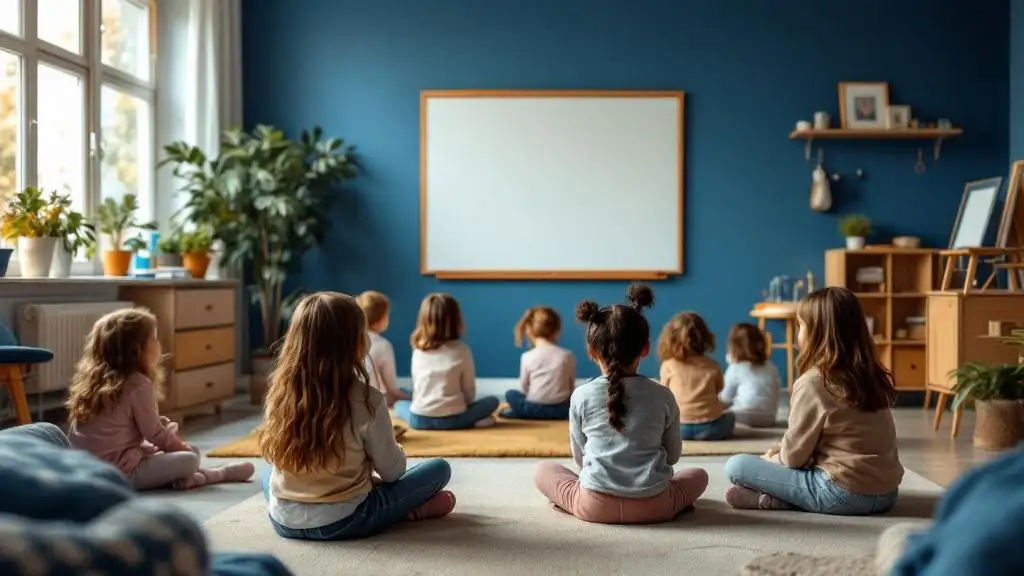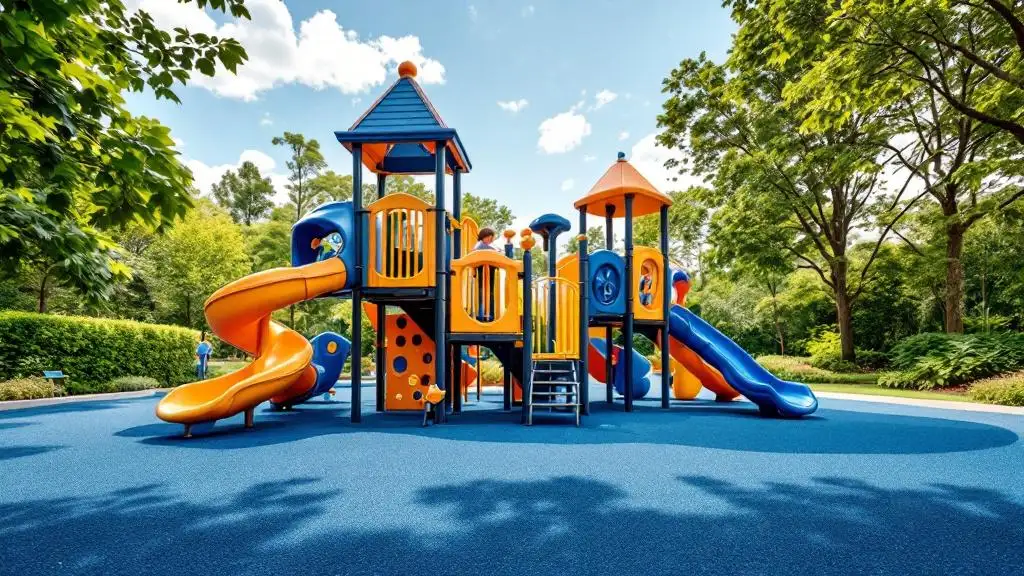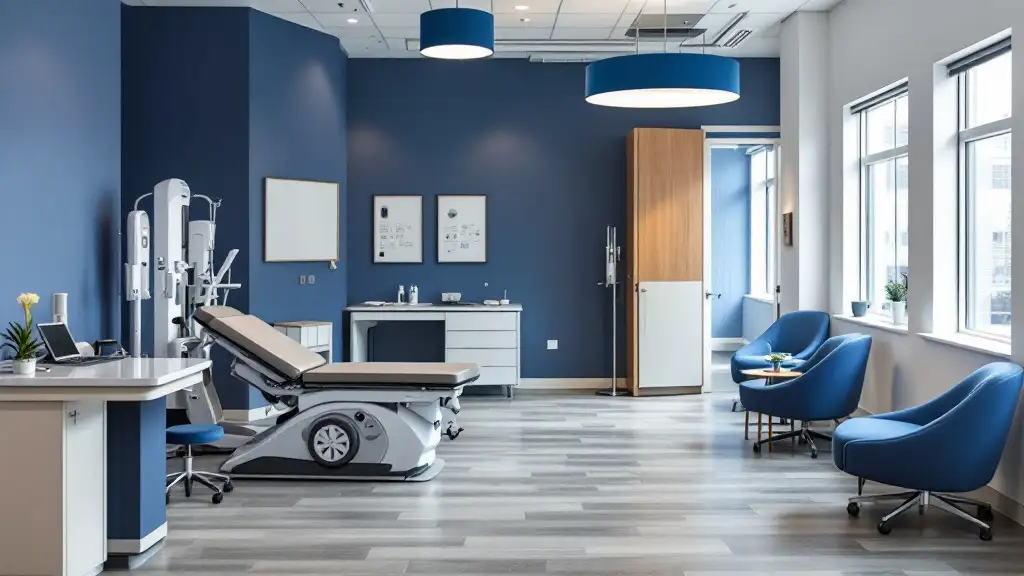
Understanding and Addressing Speech Sound Disorders in Children
Speech sound disorders (SSDs) are common communication challenges that impact a child's ability to produce and perceive speech sounds accurately. They encompass a spectrum of difficulties, including articulation and phonological disorders, which can have significant effects on social interaction, literacy development, and academic success. Early diagnosis and effective, evidence-based interventions are crucial for optimizing communication skills and preventing long-term adverse outcomes. This comprehensive overview explores the characteristics, diagnosis, and various treatment strategies employed by speech-language pathologists (SLPs) to support children with SSDs.
Defining Speech Sound Disorders and Their Subtypes
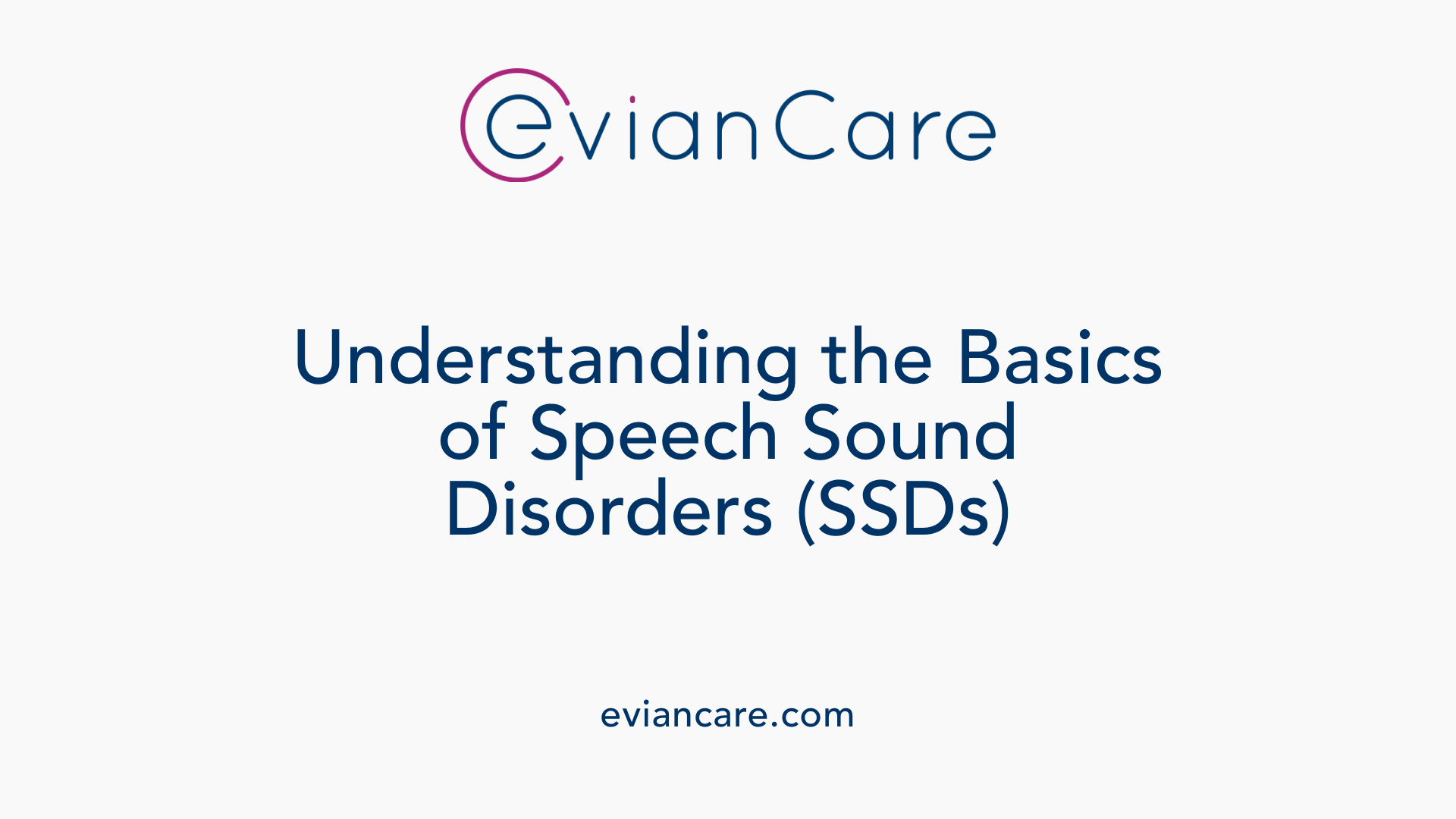
What are Speech Sound Disorders (SSDs)?
Speech sound disorders (SSDs) are communication conditions characterized by difficulties in perceiving, motorically producing, or organizing speech sounds and segments. Children with SSDs often struggle to produce specific sounds accurately, which can make their speech less understandable and sometimes affect their social, academic, and emotional development.
Characteristics of SSDs
Children with SSDs may present with inconsistent speech errors, difficulty in mastering particular sounds, or pervasive patterns of misarticulations. These issues may stem from neurological, structural, sensory, physical, or idiopathic causes. The disorders can impact their ability to speak clearly, understand language correctly, or both.
Types: Articulation vs. Phonological Disorders
There are two primary types of speech sound disorders. Articulation disorders involve difficulties making the correct movements necessary for speech sounds, affecting a small number of sounds. These difficulties often include substitutions, omissions, distortions, or additions of specific sounds.
In contrast, phonological disorders are characterized by patterns of errors based on how sounds are organized within the child's mental system. Children with phonological disorders tend to simplify or omit classes of sounds, follow specific phonological processes, and might say only one syllable or leave out consonants in words.
Understanding whether a child's SSD is articulation-based or phonologically based is crucial for selecting the most appropriate intervention, as different therapies are tailored to these core issues.
Causes and Diagnosis of SSDs
The origins of SSDs can be diverse, including genetic factors, structural anomalies, hearing impairments, developmental delays, or environmental influences. Accurate diagnosis involves comprehensive assessment by speech-language pathologists, utilizing standardized tools such as the HAPP-3, DEAP, or KLPA-3. These assessments help differentiate between articulation and phonological errors, evaluate speech intelligibility, consider dialectal influences, and identify any co-occurring conditions like childhood apraxia of speech.
Diagnosis also explores the child's speech perception and stimulability—how well they can imitate sounds when prompted—alongside evaluating their overall language skills. Early identification and intervention are essential for preventing long-term difficulties in literacy, social interaction, and academic success.
Evidence-Based Interventions and Research Support

What research supports the effectiveness of speech therapy interventions for speech sound disorders?
Numerous scientific studies affirm the positive impact of speech therapy on children with speech sound disorders (SSD). Traditional articulation therapy, which focuses on correcting specific sound production errors, has a strong research foundation, including multiple randomized controlled trials (RCTs). Phonological approaches, such as minimal pair therapy and multiple oppositions therapy, are supported by evidence demonstrating improvements in phonological awareness and speech intelligibility. Advanced interventions like the complexity approach and cycles therapy have also shown efficacy, especially for children with severe and persistent SSDs. Systematic reviews highlight that combining different therapeutic elements, such as auditory discrimination, phonological contrast, and naturalistic speech tasks, enhances outcomes. Organizations like the American Speech-Language-Hearing Association (ASHA) emphasize that evidence-based practice—integrating current research, clinician expertise, and client preferences—is essential for successful interventions. Latest research underscores the importance of individualized treatment planning guided by rigorous clinical trials, case studies, and meta-analyses, all pointing towards the efficacy of scientifically supported strategies.
What resources and tools are available for speech therapy practitioners working with speech sound disorders?
Speech-language pathologists (SLPs) benefit from an array of resources designed to improve diagnosis, treatment, and monitoring of SSD. Standardized assessment tools such as the Hodson Assessment of Phonological Processes (HAPP-3), Diagnostic Evaluation of Articulation and Phonology (DEAP), and the KLPA-3 assist clinicians in differential diagnosis between articulation and phonological disorders. Digital and physical therapy resources include interactive apps, flashcards, and therapy kits tailored for children’s developmental levels. Many programs incorporate game-based learning and engaging visual aids like mirrors and ultrasound biofeedback devices, which aid in motor planning and speech production. Online platforms and professional communities, such as ASHA’s resources and social media groups, foster ongoing education, sharing of best practices, and collaboration among clinicians. Telepractice platforms, like TheraPlatform, enable remote assessments and interventions, expanding access especially in underserved areas. Further, resources supporting culturally competent therapy, such as bilingual assessment tools and multicultural guidelines, help practitioners provide personalized and inclusive care. Access to these tools ensures that SLPs can stay current with research trends and deliver evidence-supported interventions.
What should clients and practitioners expect during speech sound disorder therapy processes?
The therapy process begins with a comprehensive assessment, where the clinician evaluates all aspects of speech production, including articulation errors, phonological patterns, intelligibility, and the influence of dialects or language background. This assessment guides the development of a tailored treatment plan emphasizing specific goals like sound accuracy, generalization, and maintenance. During therapy sessions, children typically engage in structured activities grounded in evidence-based methods such as phonological contrast therapy, the cycles approach, or naturalistic speech tasks. Goals are addressed gradually, with frequent monitoring of progress through formal assessments and spontaneous speech observations. Many therapies incorporate visual and tactile cues, modeling, and feedback—pragmatic, placement, or self-evaluative—to reinforce correct sound production. Clinicians foster a supportive environment through education, encouragement, and culturally sensitive practices to build confidence and motivation. Families are involved throughout, receiving guidance for home practice to sustain gains between sessions. The process is adaptable, with continual adjustments tailored to the child’s developmental response, ensuring a person-centered approach that prioritizes effective, lasting improvements.
These comprehensive, research-supported practices aim to optimize communication skills, minimize social and learning barriers, and enhance the child's overall quality of life. Embracing technological advances and inclusive strategies, practitioners can offer dynamic, effective care for children with SSD.
Therapeutic Techniques and Strategies in Practice
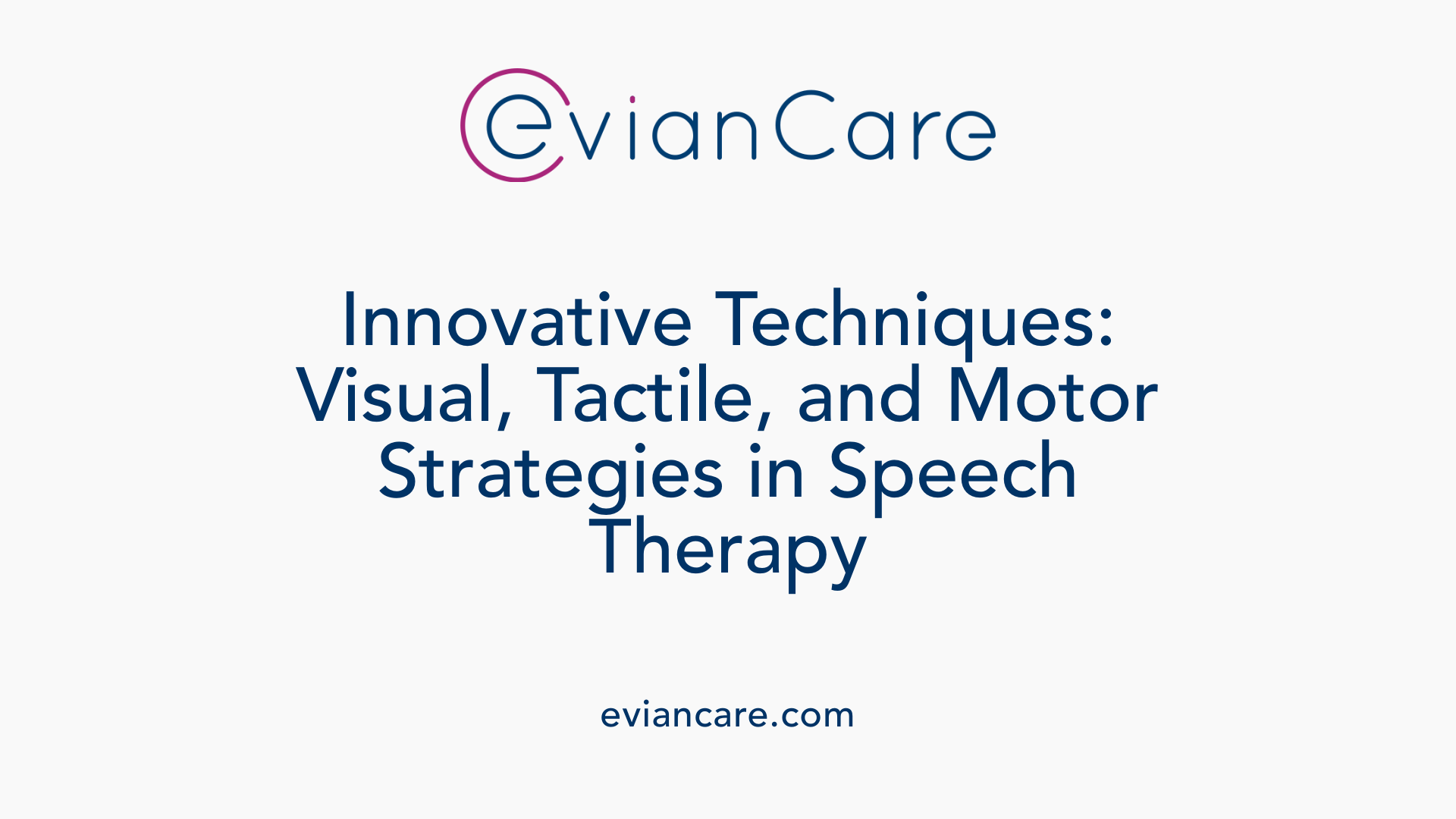
What are effective speech therapy techniques and strategies for speech sound disorders?
Effective approaches in treating speech sound disorders (SSDs) include a variety of evidence-based techniques that address both the physical production of speech sounds and the cognitive frameworks underlying speech organization.
One of the most foundational methods is articulatory therapy. This technique involves teaching children the correct movements for producing specific sounds through modeling, visual aids, and associations. Therapists often start with simple tasks like isolating sounds, then gradually progress to syllables, words, and conversational speech. The goal is for the child to master each level before moving forward, ensuring a stable foundation.
Visual cues serve as an essential enhancement in therapy. Therapists may use mirrors, diagrams, or tactile feedback—such as touching the lips or tongue—to help children understand where and how to position their articulators. For example, touching the lips to emphasize bilabial sounds like /p/ and /b/ can reinforce proper placement.
Tactile cues, combined with visual feedback, support motor learning and can accelerate progress, especially in children with specific structural challenges like cleft palate. Techniques focusing on establishing correct oral placement and maximizing intra-oral air pressure are critical components of motor speech programming. In particular, goal-oriented strategies aim to establish consistent, accurate oral placements and airflow management, which are fundamental for clear speech.
Interdisciplinary collaboration is often necessary for children with complex needs. For example, speech-language pathologists work with oral motor therapists, ENT specialists, and orthodontists to develop comprehensive treatment plans that incorporate motor speech programming. These plans emphasize teaching new motor patterns and monitoring progress with structured activities.
Altogether, these strategies are tailored to the child's unique profile, ensuring that therapy is not only accurate and systematic but also engaging, functional, and aligned with the latest research.
Use of visual and tactile cues
Visual and tactile cues are potent tools in speech therapy, providing children with immediate, tangible feedback. Visual cues, such as mirrors, enable children to observe their mouth movements, fostering self-awareness of correct production. Tactile cues, like touching the lips or tongue during speech tasks, help establish the correct placement and movement patterns needed for accurate sound production.
These cues are especially effective for early learners or children with motor speech difficulties. By engaging multiple senses, therapists can reinforce correct speech patterns and help children develop consistent production skills.
Motor speech programming techniques
Motor speech programming techniques focus on optimizing the planning, sequencing, and execution of speech movements. For example, therapy might target establishing correct intra-oral pressure and precise placement of articulators. Techniques such as the DYnamic Temporal and Tactile Cueing (DTTC) approach can be employed, where cueing is provided dynamically to coordinate speech movements.
Children are guided to develop automatic motor sequences for sounds and speech patterns. This often involves repeated practice in various contexts, gradually increasing complexity. Using biofeedback tools, like ultrasound imaging or spectral analysis, can also serve as real-time feedback for establishing correct articulation or airflow patterns.
By combining these targeted strategies, speech therapists aim to improve not just clarity but also the efficiency and naturalness of speech production, ultimately enabling children to participate more fully in academic, social, and everyday activities.
Technological Advances and Resources in Speech Therapy
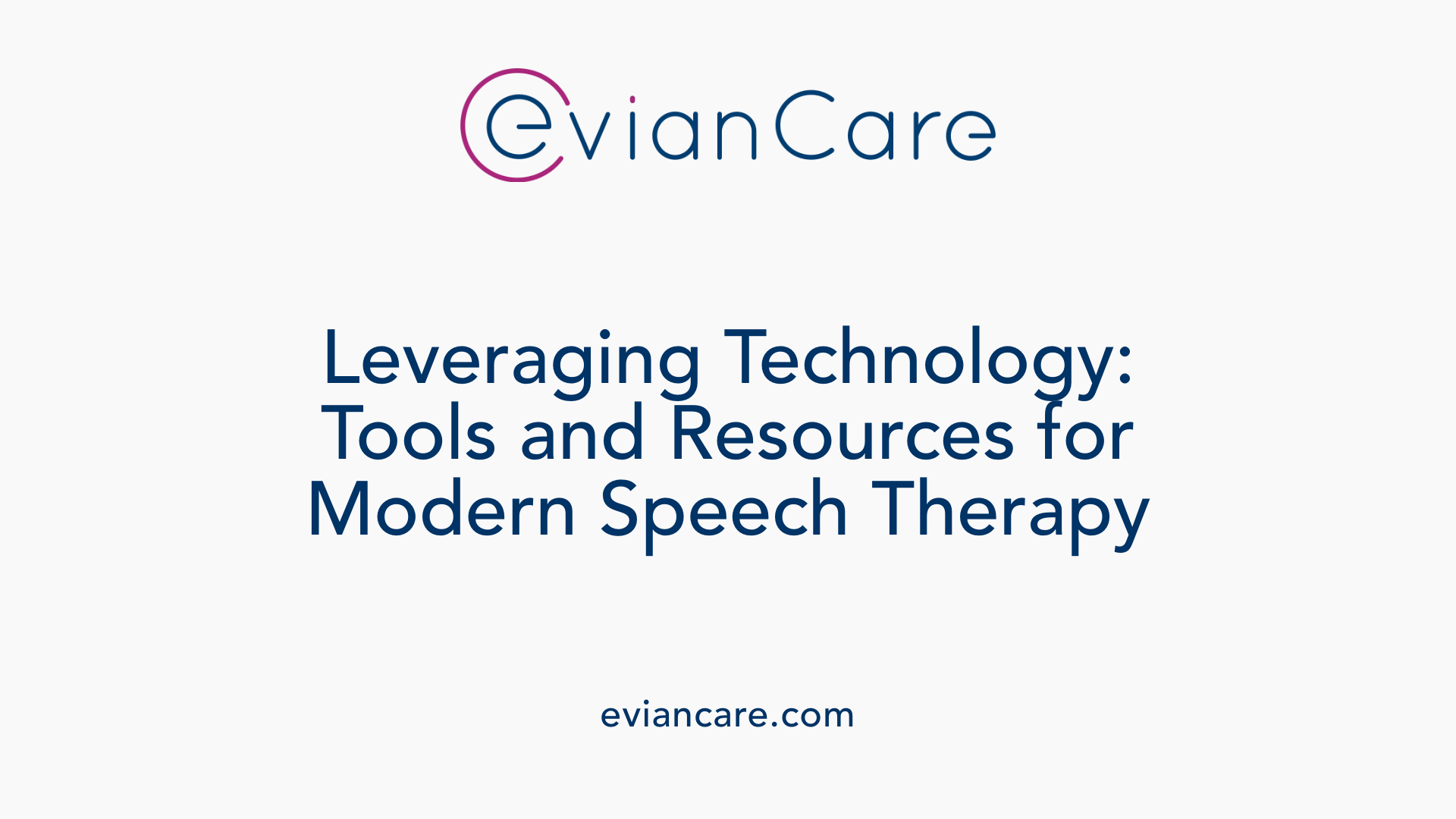
What resources and tools are available for speech therapy practitioners working with speech sound disorders?
Practitioners specializing in speech sound disorders (SSDs) have a broad array of resources designed to enhance assessment, intervention, and ongoing support. Standardized tests such as the HAPP-3, DEAP, and KLPA-3 enable precise diagnosis and differentiation between articulation and phonological disorders.
In addition to assessments, digital tools and therapy materials have become increasingly prominent. Online worksheets, flashcards, and flash game-based activities facilitate targeted practice and active engagement. Therapy kits and mobile applications offer portable, customizable resources for specific speech sounds and language skills.
Professional organizations like the American Speech-Language-Hearing Association (ASHA) provide valuable continuous education modules, research databases, and access to scholarly journals supporting evidence-based practice. For remote and telehealth applications, platforms such as TheraPlatform and other HIPAA-compliant teletherapy tools enable clinicians to conduct assessments and deliver interventions virtually.
Peer collaboration is fostered through online communities, webinars, and social media groups where clinicians share resources, case studies, and innovative techniques. Culturally responsive tools, including ASHA’s multilingual resources, assist clinicians in adapting therapy to diverse linguistic backgrounds. Moreover, resources focused on clinician self-care and well-being are also accessible to promote sustainable practice.
Overall, the combination of assessment instruments, digital resources, professional support, and culturally appropriate tools creates a well-rounded toolkit for speech-language pathologists (SLPs) working with SSDs.
How does computer-based speech therapy (CBST) enhance treatment outcomes?
Computer-based speech therapy (CBST) has emerged as a valuable addition to traditional therapy approaches, boosting engagement, motivation, and practice intensity. These programs incorporate features such as animated talking tutors, speech-synthesized feedback, engaging animations, and interactive game-based activities.
One of the major advantages of CBST is its ability to provide consistent, immediate feedback, which accelerates learning and reinforces correct speech production. Performance tracking within programs allows clinicians to monitor progress objectively and tailor interventions accordingly.
Research supports the efficacy of CBST in improving phonological awareness, speech production accuracy, and reading skills. It also offers increased accessibility, particularly for children in remote, rural, or underserved areas, who may otherwise face barriers to consistent therapy due to geographical or logistical challenges.
Many children and their families find CBST sessions more fun and engaging than traditional methods, resulting in increased practice outside of clinical settings. This increased practice time is crucial in consolidating speech skills and achieving faster outcomes.
While promising, the full potential of CBST requires further investigation through rigorous research. Nonetheless, current evidence underlines its role as a beneficial adjunct to conventional speech therapy, providing additional opportunities to reinforce learning and maintain motivation.
Moving Forward with Evidence-Based Speech Therapy
Effective management of speech sound disorders hinges on the judicious selection and implementation of evidence-based interventions tailored to each child's unique profile. Skilled speech-language pathologists employ a range of proven techniques, from traditional articulation therapy to innovative phonological processes, including cutting-edge resources like computer-based interventions and multimedia tools. Continuous research underscores the importance of integrating clinical expertise with scientific evidence to optimize outcomes. By maintaining a client-centered approach, incorporating cultural and linguistic considerations, and utilizing available resources and technology, practitioners can enhance the efficacy of therapy, ultimately supporting children in achieving clearer speech, improved literacy, and greater confidence in communication. Early intervention remains critical, and ongoing advances in research and technology promise to further refine strategies for helping children overcome speech sound challenges.
References
- Interventions for Speech Sound Disorders in Children, Second Edition
- Speech Sound Disorders: Articulation and Phonology - ASHA
- Treatment approaches for speech sound disorders - The Informed SLP
- [PDF] Phonological Interventions for Children with Speech Sound Disorders
- Articulation Disorder: What It Is, Types & Treatment - Cleveland Clinic
- Clinical information on speech sound disorders - RCSLT
- Treating Childhood Speech Sound Disorders: Current Approaches ...




